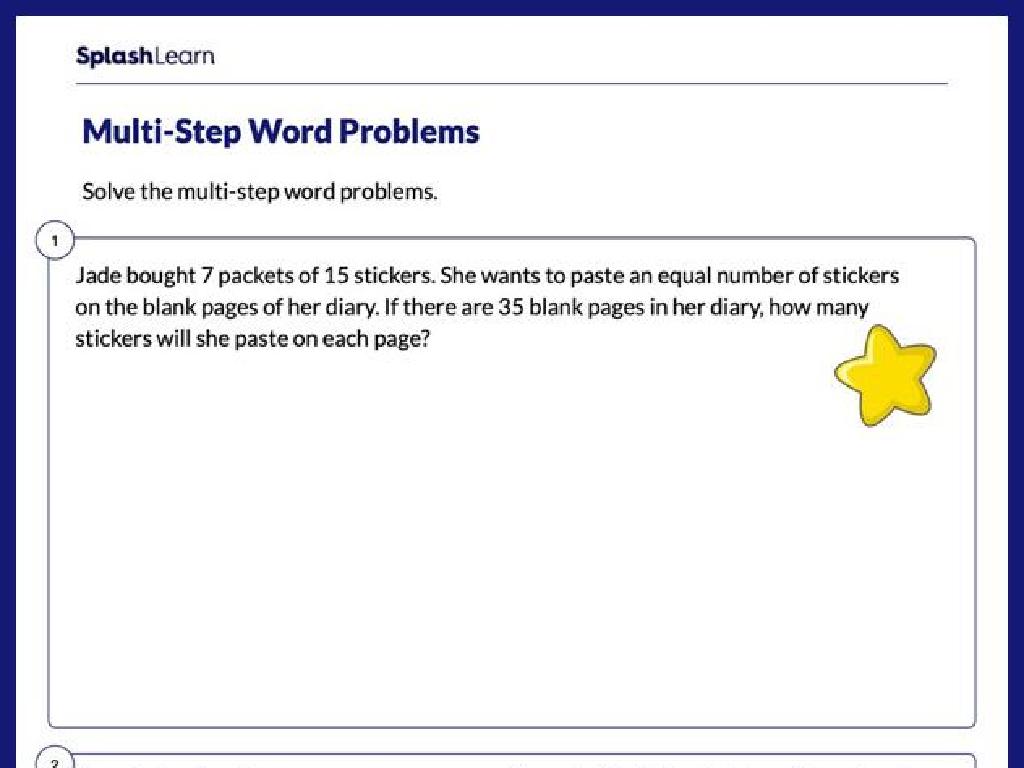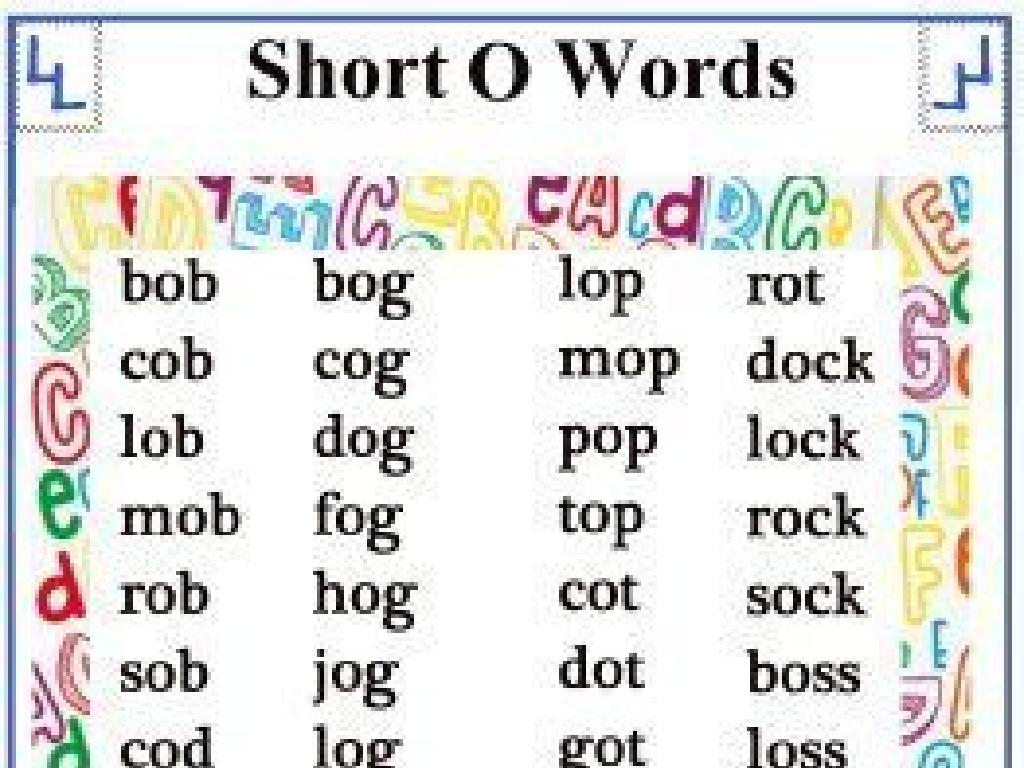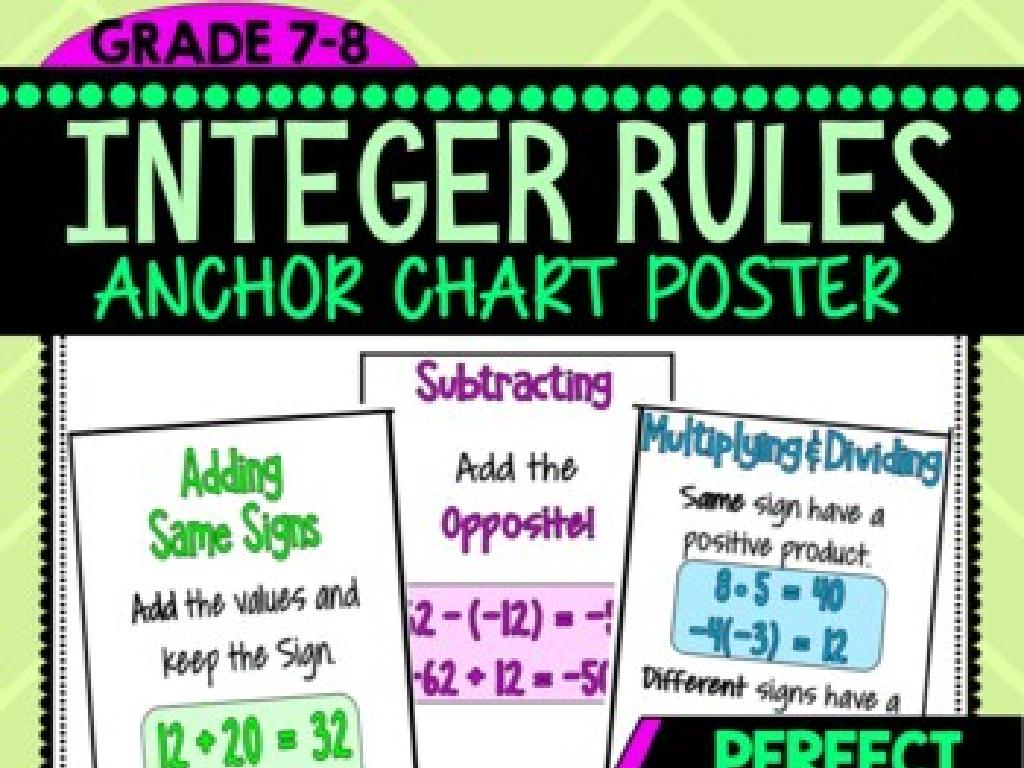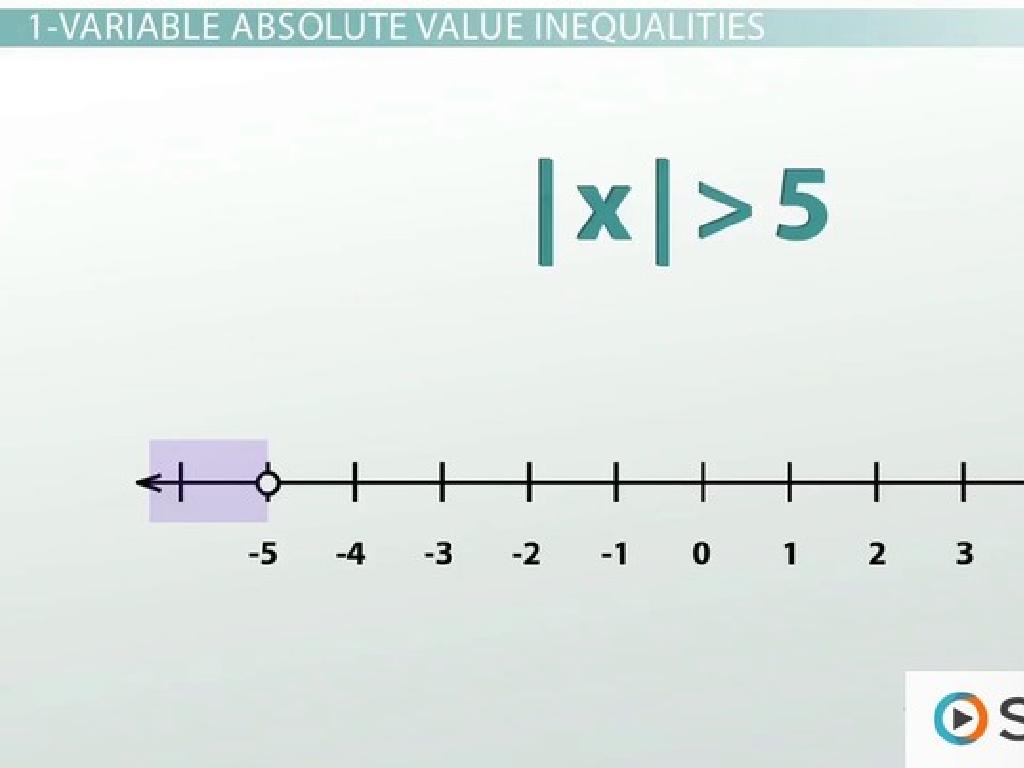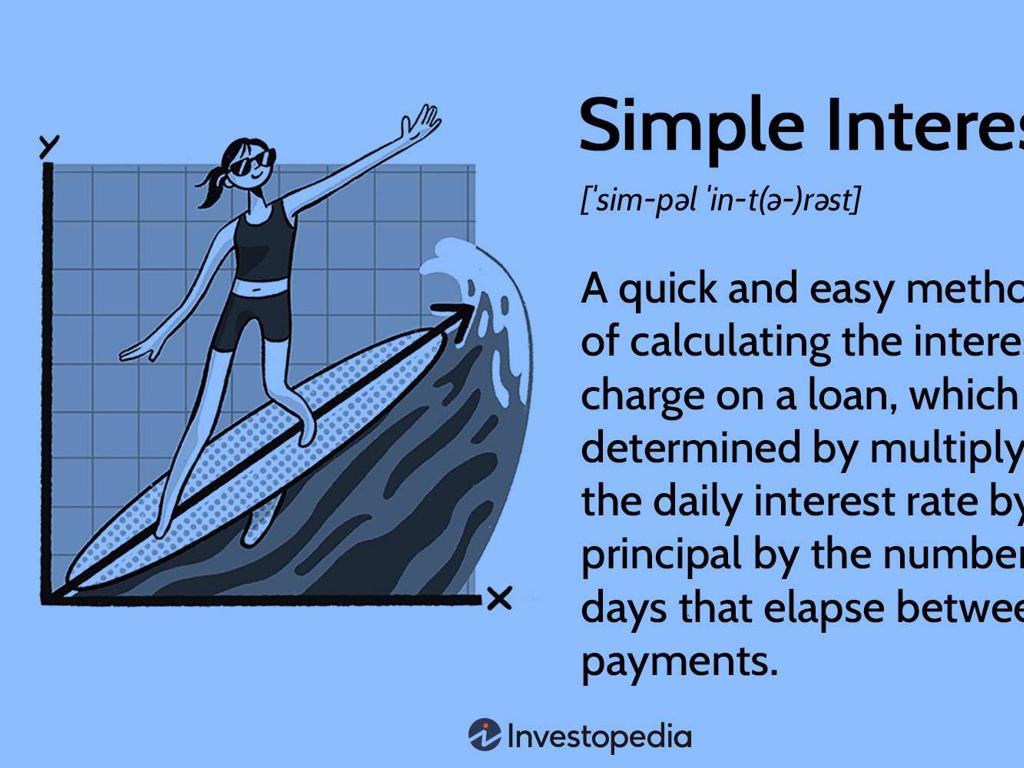Name Countries Of Europe: Region 2
Subject: Social studies
Grade: Sixth grade
Topic: Europe: Geography
Please LOG IN to download the presentation. Access is available to registered users only.
View More Content
Exploring Europe: Region 2
– Europe’s diverse geography
– Region 2: Central Europe
– Includes Germany, Poland, Czech Republic, Austria, Switzerland
– Unique features of Region 2
– Rich history, varied landscapes, and cultural heritage
– Countries in Central Europe
– Germany, Poland, Czech Republic, Austria, Switzerland, and more
|
This slide introduces students to the geography of Europe with a focus on Region 2, which is Central Europe. Highlight the diversity of Europe’s geography, from mountains to plains, and the rich cultural and historical significance of Region 2. Discuss the unique features such as the Alps, the cultural heritage, and the historical landmarks. List the countries that are part of Central Europe, ensuring students are familiar with each one. Use maps to help students visualize the location of these countries. Encourage students to explore these countries further in their own time, perhaps starting with the major cities or famous landmarks found in each.
Exploring Europe: Region 2
– Locate Region 2 on a map
– Use a map to find Region 2, which includes countries like France, Belgium, Netherlands, and Luxembourg.
– Countries within Region 2
– France, Belgium, Netherlands, Luxembourg are part of Region 2.
– Understanding ‘regions’
– A ‘region’ is an area defined by certain characteristics like culture or geography.
– Significance of regional classification
– Regions help us study geography by grouping areas with similarities for easier understanding and comparison.
|
This slide aims to introduce students to the concept of geographical regions within Europe, focusing on Region 2. Start by showing where Region 2 is located on the map of Europe. Highlight the countries that are part of this region, such as France, Belgium, the Netherlands, and Luxembourg. Discuss what makes a ‘region’ and why geographers use this classification to study the Earth’s surface. Emphasize the importance of understanding regions in the context of culture, economy, and politics. Encourage students to think about what characteristics these countries might share and how they differ from those in other European regions.
Exploring Europe: Region 2 Highlights
– Physical geography of Region 2
– Mountains, rivers, and climate specifics
– Cultural landmarks in Region 2
– Traditional festivals, cuisine, and languages
– Region 2’s economic practices
– Agriculture, industry, and tourism sectors
– Environmental challenges faced
– Issues like pollution and conservation efforts
|
This slide delves into the diverse aspects of Europe’s Region 2, encompassing its physical geography, cultural significance, economic activities, and environmental concerns. Students should learn about the physical features such as the prominent mountain ranges, major rivers, and the general climate of the region. Cultural highlights may include unique festivals, culinary traditions, and languages spoken in the area. Discuss the primary economic activities, which might involve agriculture, industrial work, or the tourism industry, and how these shape the region’s economy. Lastly, address the environmental challenges that Region 2 faces, including pollution and the need for conservation efforts. Encourage students to think critically about how these elements interact and influence the lives of the region’s inhabitants.
Exploring Europe: Region 2 Country Profiles
– Discover unique facts about each country
– For example, Italy is famous for its historical contributions to art and science.
– Iconic landmarks of Region 2
– The Eiffel Tower in France, Colosseum in Italy, and Big Ben in the UK.
– Languages across Region 2
– Predominant languages include French, Italian, and German.
– Cultural diversity in Europe
|
This slide aims to give students a glimpse into the diverse and rich cultural tapestry of Europe’s Region 2. Start by discussing an interesting fact about each country, such as Italy’s influence on Western culture and cuisine. Highlight famous landmarks that students may recognize, like the Eiffel Tower, to provide a visual connection to the countries. Discuss the variety of languages spoken in this region, emphasizing the importance of linguistic diversity in Europe. Encourage students to think about how the cultural and historical differences between countries contribute to Europe’s overall identity. This will prepare them for a deeper dive into each country’s unique heritage and geography in subsequent lessons.
Comparing Countries in Europe: Region 2
– Explore similarities in Region 2
– Language, history, and climate can be similar.
– Examine differences in Region 2
– Different cuisines, customs, and economies.
– Significance of these comparisons
– Helps in understanding European integration and cooperation.
– Engage with cultural diversity
|
This slide aims to guide students through a comparative analysis of countries within Europe’s Region 2. Students should look at similarities such as shared languages, historical backgrounds, and similar climates that influence the lifestyles and cultures of the people. Differences to be examined include unique national cuisines, customs, and economic structures. Understanding these comparisons is crucial for students to grasp the concept of European unity as well as the value of cultural diversity. It also provides a foundation for discussing how countries within a region can work together despite their differences. Encourage students to think about how these similarities and differences might affect relationships between countries.
Class Activity: Mapping Europe’s Region 2
– Group map labeling task
– Fill in the blank map with names of countries in Europe’s Region 2.
– Present map and country facts
– Each group chooses one country to share an interesting fact about.
– Class discussion on findings
– Discuss what everyone learned from the activity.
– Reflect on the learning experience
|
This interactive group activity is designed to help students learn about the countries in Europe’s Region 2 through a hands-on mapping exercise. Divide the class into small groups and provide each with a blank map of Europe’s Region 2. Each group will work together to correctly label each country. After the maps are completed, each group will present their map to the class and share one interesting fact about a country they have researched. Conclude the activity with a class discussion, allowing students to reflect on what they have learned and how this activity has enhanced their understanding of European geography. This will also help in developing teamwork and presentation skills among students.

